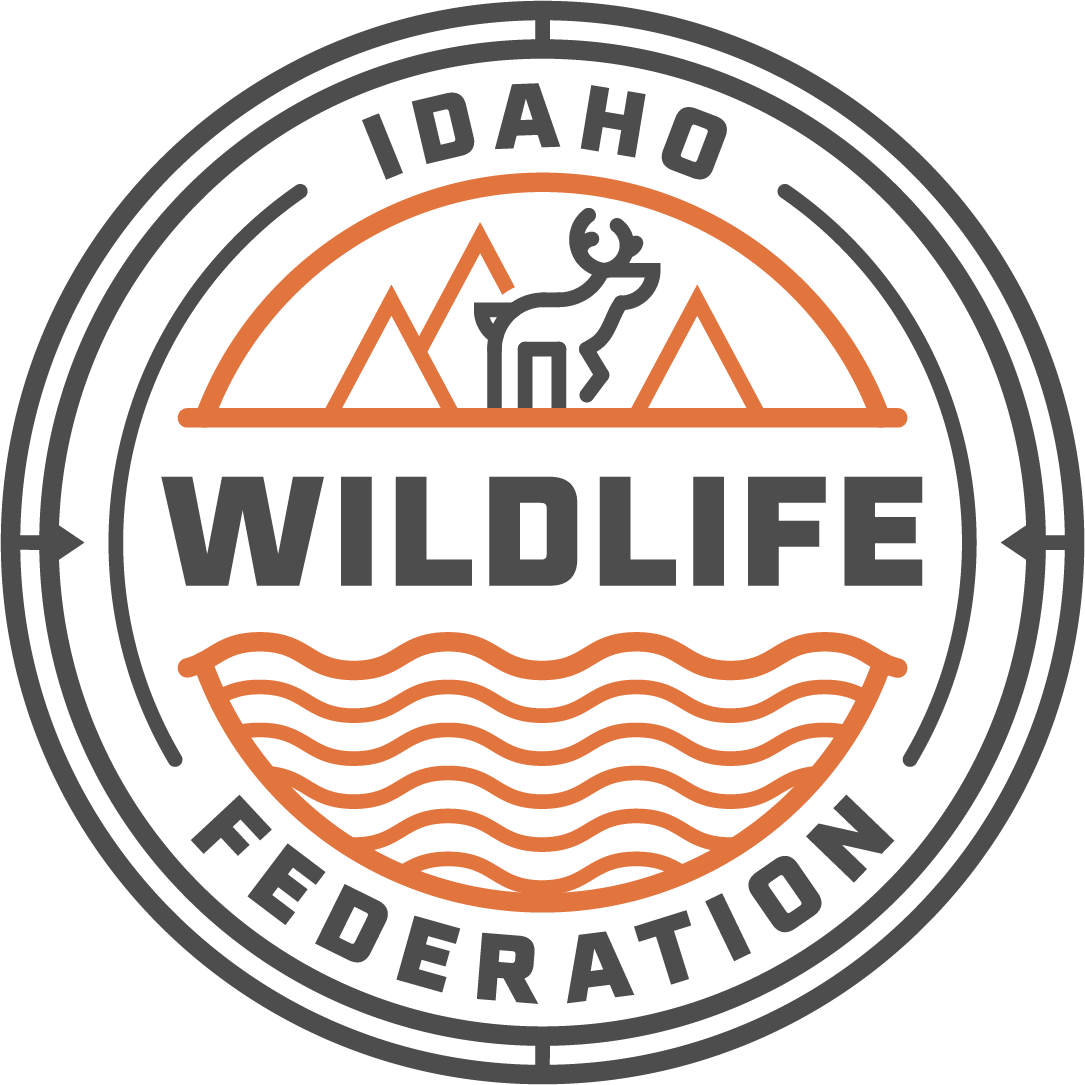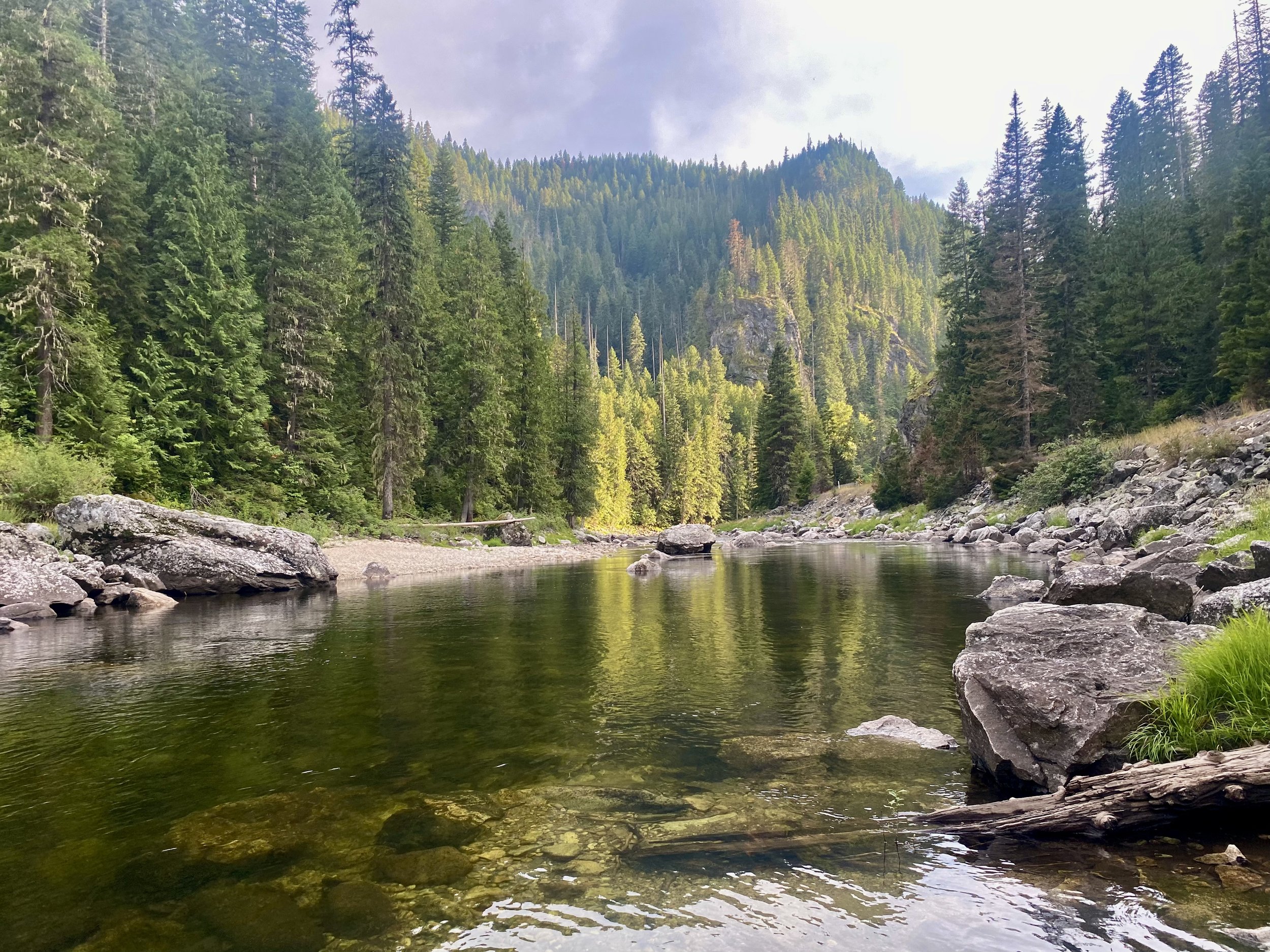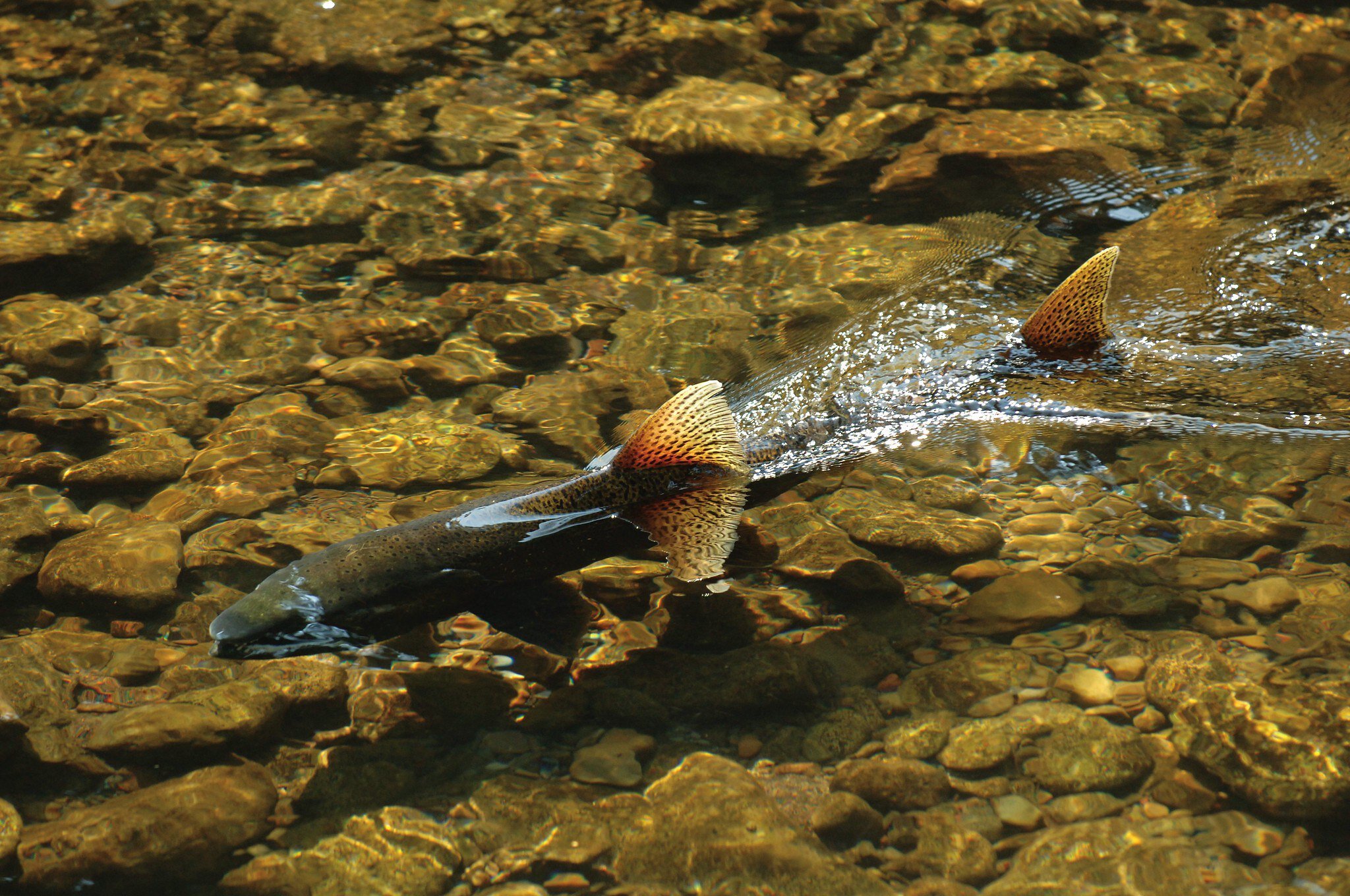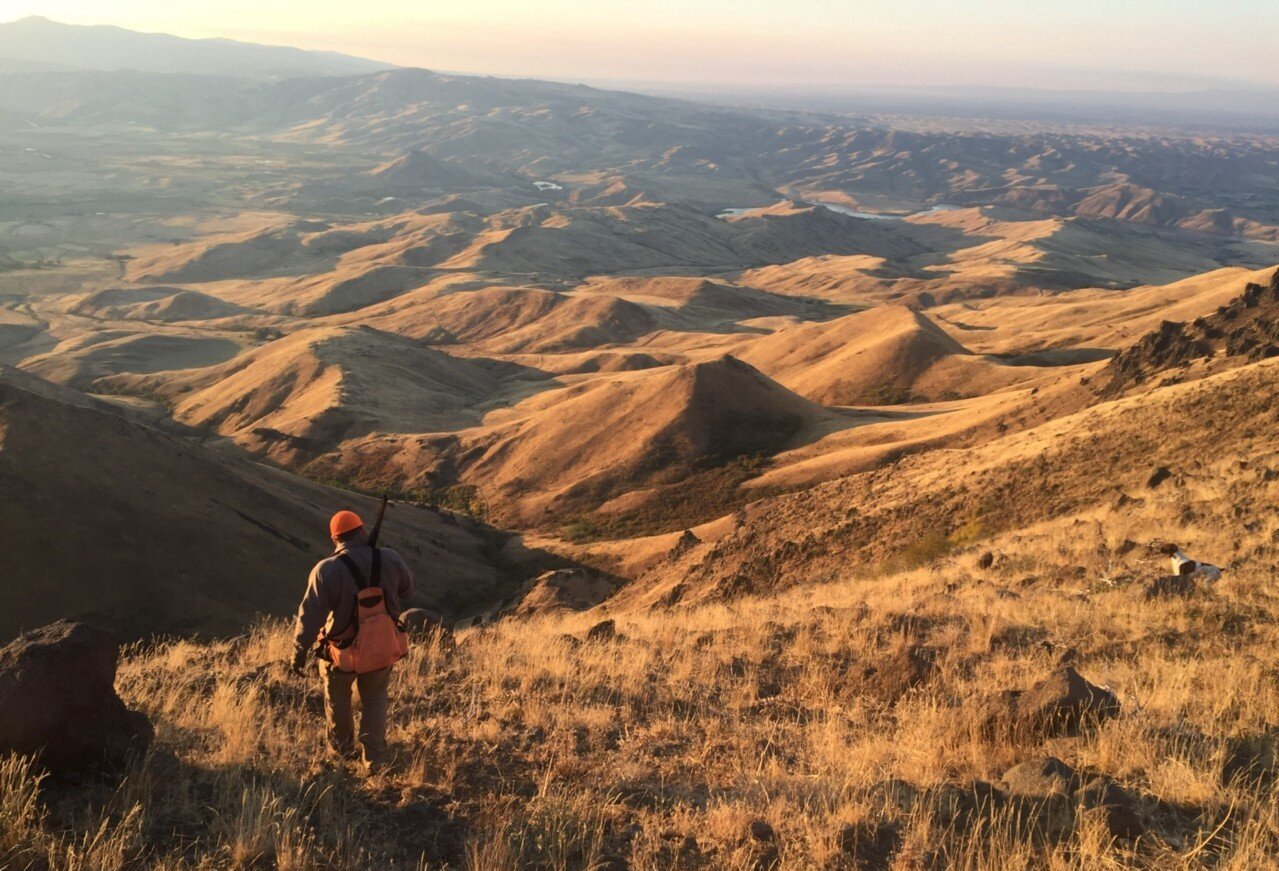IWF in 2021: A Year In Review
Central Idaho. Photo: Daniel A. Ritz/ Idaho Wildlife Federation
2021 is rounding out and we want to say thank you for supporting the Idaho Wildlife Federation this year and every year! During these pandemic years conservation issues tend to get drowned out by the daily thrum of global, national, and local news. But we have a lot to celebrate. 2021 was a pivotal year in our work.
In a state like Idaho, especially in the legislature, we spend a lot of time on defense when it comes to natural resource issues. We fend off attacks on public lands, attempts to privatize hunting opportunity and so on. 2021 was unlike these past years: this year IWF pivoted to offense. Of course, defense was necessary (and always will be), but IWF dramatically increased its proactive campaigns for public lands, access, and fish and wildlife policy. I am pleased to share a few of these prominent proactive campaigns from this year. Many of them have, or once completed will, leave significant, lasting legacies for fish and wildlife, hunting and fishing, habitat, public lands, and access.
Photo: Payette Lakes/ Idaho Wildlife Federation
Keeping Payette Lakes Public: spearheading first-of-its-kind state land conservation mechanism.
This campaign began in 2020 when Trident, LLC proposed to acquire 28,000 acres of state lands surrounding both Payette lakes- treasured fishing, hunting, and recreation lands. IWF sprang to action and this year facilitated the demise of Trident’s proposal. Recognizing that those valuable state land are in constant jeopardy of disposal, IWF formed United Payette with partner organizations pivoting from reactive to proactive. IWF was integral in drafting United Payette’s proposal, which, if implemented, will permanently keep this landscape in public hands. Our proposal will enact a first-of-its-kind strategy for state land management and if successful will chart a new and replicable strategy for retaining high-value state lands across Idaho as open space for habitat, clean waters, and hunting, fishing, and other recreation.
Chinook salmon. Photo: Alec Underwood
A real solution for Idaho’s salmon and steelhead: new momentum after a half-century quagmire.
2021 was a historic year for Idaho’s anadromous fish. In February Congressman Mike Simpson published his Columbia Basin Initiative. This groundbreaking plan would fundamentally change fish recovery by changing the ownership and accountability of recovery efforts, restoring the Snake River by breaching the four lower Snake River dams, replacing the dams’ transportation and energy production services, and investing in the agriculture sector to reduce pollution and recover fish habitat throughout the Columbia Basin system. IWF has been on the cutting edge of this campaign for six years, bringing impacted communities to the table and mobilizing grassroots support for meaningful change that leaves no one behind. We’ve successfully elevated the issue nationally and this October the campaign took a monumental step forward with three new developments. 1) A poll showed for the first time a majority of both Republican and Democrat voters in Washington (where the dams are located) support removal the lower Snake dams. 2) A holistic recovery solution was finally made bipartisan with Washington Governor Inslee and ranking Senator Murray committing to develop an action plan by July 31, 2022. 3) The Presidential Administration announced its commitment to charting a path toward ending the Columbia River Basin “salmon and dams” conflict. It’s an exciting time with potential for real solutions now with bipartisan, regionwide, and executive branch commitment.
Super secret chukar spot. Photo: Brian Brooks
Public land management wins: influencing management priorities on millions of acres to benefit fish, wildlife, hunting, fishing, and access.
IWF organized a massive grassroots effort to influence the management of 800,000 acres of BLM land from Mountain Home to Brownlee Reservoir (the Four Rivers BLM Office) during their 2020 Resource Management Plan revision. These processes last years and as we near the signing of the Record of Decision, it is clear conservation won the day. Among the plan’s conservation wins is the creation of one of our nation’s first Backcountry Conservation Areas: 86,000 acres that prioritize wildlife and dispersed recreation as the top management priority. Across the state we had a different kind of victory this year. After years of fighting to update their outdated management plans, the Salmon-Challis National Forest and Upper Snake River BLM Office will initiate plan revisions of their own. These revisions will be a substantial opportunity to influence management of over 6 million acres of wildlife-rich, recreation-abundant public land- a land mass the size of Vermont! The processes will play out over the next few years but initiating them was a long-fought victory on its own. IWF will work hard to ensure those plans reflect strong conservation values.
Photo: File/Idaho Wildlife Federation
Chronic Wasting Disease (CWD) detected in Idaho: federal bill introduced and state actions likely to mitigate the spread.
An always-fatal disease in elk, deer, and moose (cervids) caused by the spread of contagious folding prions (proteins), CWD has unfortunately come to Idaho. There will be a substantial die-off and unfortunately the only defense we have against CWD is learning how to manage its impacts. Fortunately, IWF has successfully worked this year on proactive measures to fund mitigation efforts. The Idaho State Department of Agriculture governs domestic cervid operations. This year, through Idaho’s Negotiated Rulemaking process, IWF was able to substantially improve testing/monitoring regulations through that department. The final rules head to the 2022 legislature where we will work to ensure their passage. On the federal side, days after our CWD detection IWF briefed our congressional delegates on the issue and needed solutions. IWF looks forward to continuing to work with Idaho’s legislators in Washington DC in order to swiftly and appropriately mitigate the impact of CWD in Idaho.
Photo: File/Idaho Wildlife Federation
State policy for good: proactive bills will pay dividends into the future.
A proactive state legislative session is a thing to celebrate. We nearly always play defense. This year two bills are worth noting to show the breadth of issues IWF works on and for their simple innovation. HB 99 provided the green light for the Department of Environmental Quality to establish a voluntary pollutant trading program, creating incentives for industrial polluters, including municipalities, to reduce pollution. One example of such mitigation efforts is establishing wetlands for water filtration, creating habitat as well as putting cleaner water back in rivers where we fish. HB 99 will incentivize innovative solutions for clean water for years to come. Another “good” bill, SB 1020, limits liabilities of landowners towards persons using the property for recreation, incentivizing public access to more acres for hunting and fishing. 2021 and onward, these two bills will provide cleaner waters and more access.
Installing Beaver dam analogue structures on Thompson Creek. Photo: Garret Visser/ Idaho Wildlife Federation
Installing Beaver Dam Analogue Structures
This fall, IWF joined a group of conservation partners, private landowners, and government agencies in the Little Wood drainage of South-Central Idaho to install in-stream restoration structures, or beaver dam analogues, in the Little Wood drainage of South Central Idaho. These structures improve wet meadow habitat for sage-grouse, address erosion, improve riparian health, increase productivity for wildlife and livestock, improve fish habitat and water quality, and can mitigate impacts of climate change. Financial support from the Idaho Fish & Wildlife Foundation and the willingness of private landowners were essential in completing this work to allow this landscape to recover following the Sharps Fire of 2018.
There is so much more proactive work that we accomplished this year like funding and installing beaver dam analogue structures, organizing business support for the Recovering America’s Wildlife Act, and much more. There is simply too much for a single piece of paper. Ultimately, we could not have done any of it if not for the engagement and commitment of dedicated people like you who know that we need to fight every single day to protect what we love.
To help us continue and expand our boots-on-the-ground work, I am asking you to commit and/or recommit to wildlife and wild places by offering and/or renewing your financial support for the Idaho Wildlife Federation. We need your support so we can keep turning out, speaking up, and fighting for your wildlife, habitat, and access.







